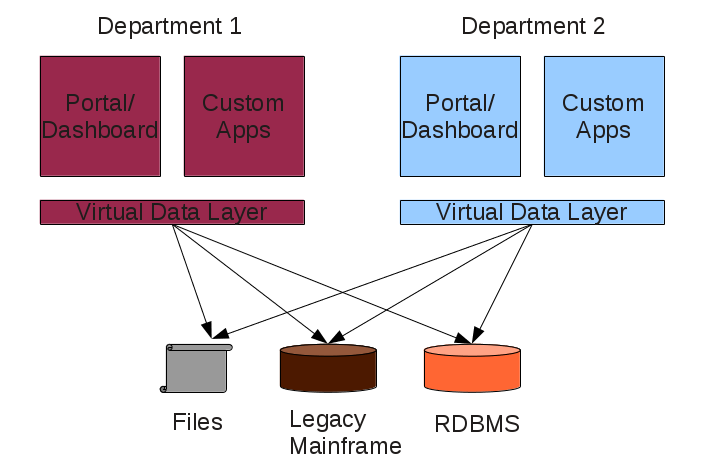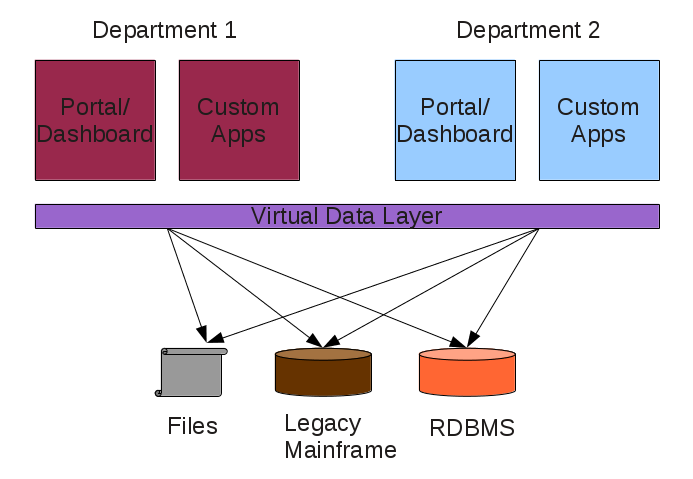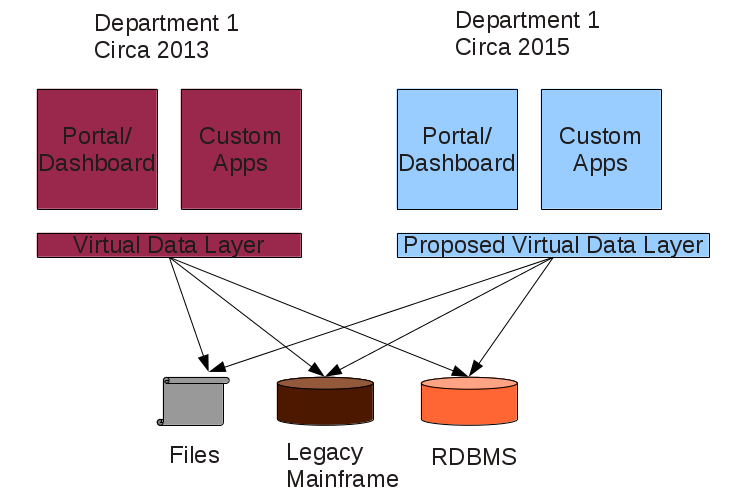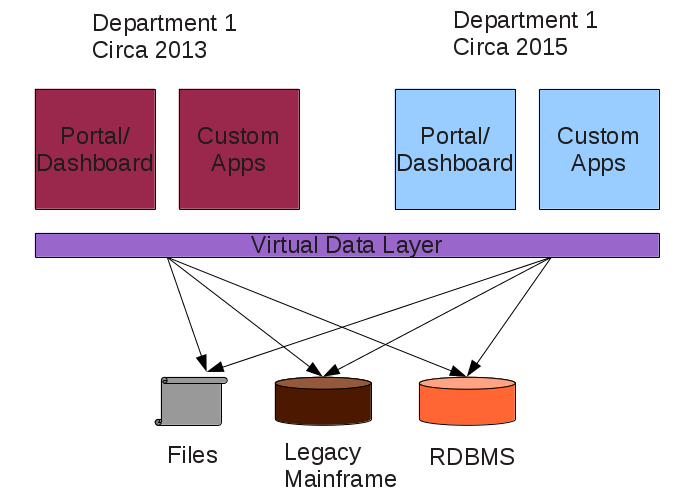Aggregation Module – Phase 1 – Functional Design (ElasticSearch Issue #3300)
From the post:
The new aggregations module is due to elasticsearch 1.0 release, and aims to serve as the next generation replacement for the functionality we currently refer to as “faceting”. Facets, currently provide a great way to aggregate data within a document set context. This context is defined by the executed query in combination with the different levels of filters that are defined (filtered queries, top level filters, and facet level filters). Although powerful as is, the current facets implementation was not designed from ground up to support complex aggregations and thus limited. The main problem with the current implementation stem in the fact that they are hard coded to work on one level and that the different types of facets (which account for the different types of aggregations we support) cannot be mixed and matched dynamically at query time. It is not possible to compose facets out of other facet and the user is effectively bound to the top level aggregations that we defined and nothing more than that.
The goal with the new aggregations module is to break the barriers the current facet implementation put in place. The new name (“Aggregations”) also indicate the intention here – a generic yet extremely powerful framework for defining aggregations – any type of aggregation. The idea here is to have each aggregation defined as a “standalone” aggregation that can perform its task within any context (as a top level aggregation or embedded within other aggregations that can potentially narrow its computation scope). We would like to take all the knowledge and experience we’ve gained over the years working with facets and apply it when building the new framework.
(…)
If you have been following the discussion about “what would we do differently with topic maps” in the XTM group at LinkedIn, this will be of interest.
What is an aggregation if it is not a selection of items matching some criteria, which you can then “merge” together for presentation to a user?
Or “merge” together for further querying?
That is inconsistent with the imperative programming model of the TMDM, but it has the potential to open up distributed and parallel processing of topic maps.
Same paradigm but with greater capabilities.






